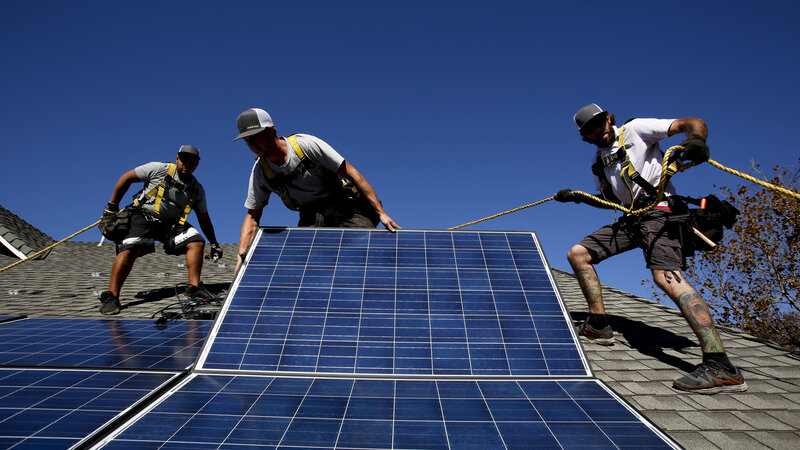Solar Panels Required for San Francisco New Buildings
Apr 22, 2016

San Francisco will soon begin requiring new buildings to have solar panels installed on the roof.
It’s the first major U.S. city to have such a requirement, according to Scott Weiner, the city supervisor who introduced the bill.
The ordinance, which was passed unanimously by the city’s Board of Supervisors, builds on an existing California law requiring new buildings to set aside 15 percent of the roof as "solar ready" — clear and unshaded. That law applies to residential and commercial buildings 10 stories or shorter.
Now, instead of just preparing the roof for solar panels, such buildings would need to actually install some form of solar energy — either electricity-generating panels or solar heating units.
It’s a step toward San Francisco’s goal of meeting the city’s electrical demands with 100 percent renewable energy, Wiener notes in his statement.
"Activating underutilized roof space is a smart and efficient way to promote the use of solar energy and improve our environment," he says. "We need to continue to pursue aggressive renewable energy policies to ensure a sustainable future for our city and our region."
The legislation itself is even more explicit about San Francisco’s particular interest in finding energy sources that don’t contribute to climate change:
Reaction to the ordinance has been mixed. Two of San Francisco’s former environment commissioners, both advocates for solar power, celebrated the news.
Fortune magazine notes that the new requirement is an extra hurdle for development in a city where new construction is already "notoriously difficult."
But Engadget suggests the impact of the law might not be that dramatic — San Francisco isn’t seeing a ton of new buildings that are under 10 stories tall, the website says.
And Vox argues that boosting city density might have an even bigger impact on carbon levels than the solar panel law.
The new requirement goes into effect at the beginning of 2017.
Source: npr